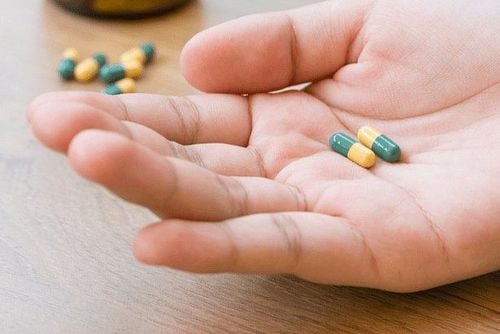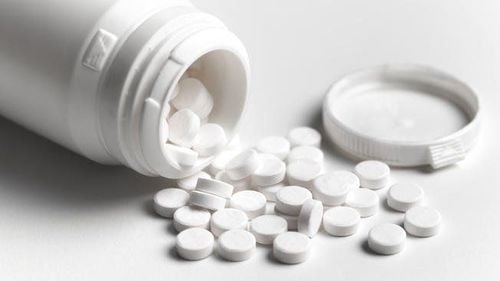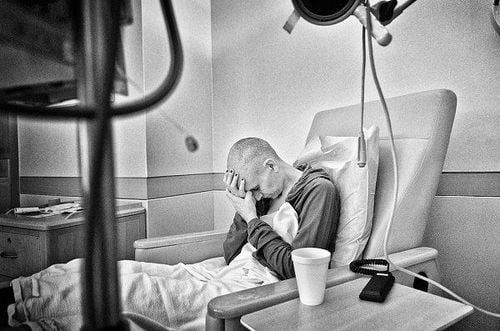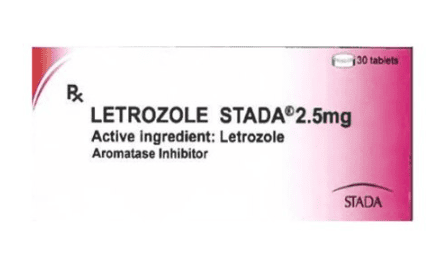This is an automatically translated article.
The article is professionally consulted by Specialist Doctor I Le Thien Quang - Internal Oncologist - Department of Medical Examination & Internal Medicine - Vinmec Danang International General Hospital. The doctor has more than 15 years of experience in the field of examination and diagnosis of oncological diseases and treatment modalities of radiation therapy, chemotherapy, targeted therapy and palliative care.Pain in cancer causes a complete deterioration of the patient's health and spirit, affecting the quality of life and the effectiveness of treatment. Therefore, pain relief is the first priority in the treatment of cancer patients, especially in the late stages.
1. Causes of pain in terminal cancer
Is terminal cancer painful? In the early stages, cancer usually does not cause pain, but in the late stages, the rate of patients with painful manifestations is more than 90%. Reducing and cutting pain is both the desire of patients and relatives and the aim of doctors.Pain in cancer is caused by 4 main reasons:
Pain due to cancer tumor pressing on tissues located around the tumor or distant when there is metastasis (75 - 80%). Pain caused by treatment: surgical removal of the tumor, radiation therapy, chemotherapy (15-19%). Pain caused by diagnostic tests: blood sampling, biopsy, endoscopy... Pain not related to cancer: The patient has pain in an organ or part of the body, for this reason The patient goes to the doctor, and accidentally discovers cancer in another organ or part of the body.
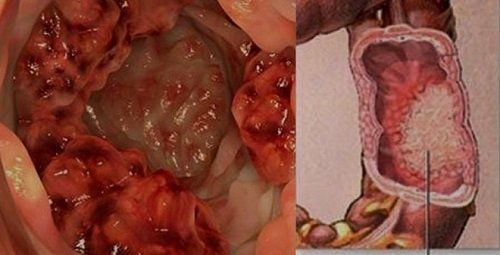
2. How painful is terminal cancer?
Pain syndrome in cancer as well as pain in terminal cancer are divided into three categories: physical pain, visceral pain, and pain of neurogenic origin.2.1 Physical pain
Physical pain due to tumor invasion, compression on local organs, at the edge or where the tumor has metastasized. This compression itself causes pain by stimulating local receptors, concurrently compressing local circulation and inflammatory responses. Furthermore, tumor invasion is accompanied by the release of inflammatory chemoreceptors that continuously stimulate chemoreceptors and make pain worse and more regular.Physical attacks can be acute, chronic, or episodic. Often patients will feel pain with varying intensity, adjacent tissues are stiff, pain often increases with pressure or movement.
But there are also cases where the patient does not feel pain, or the level of pain is disproportionate to the physical damage.
2.2 Visceral pain
Visceral organs such as liver, lung, kidney parenchyma have no pain receptors, so the patient does not show pain despite severe and extensive damage due to cancer, unless the tumor affects the tubular structure or neighboring organizations.Visceral pain often spreads along the autonomic nervous system, so it often makes us unable to determine the origin and location of the diseased organ. Visceral pain is often a combination of the following causes: congestion (stretch edema), lack of oxygen leading to increased levels of acid, inflammatory response due to damage caused by cancer. These factors stimulate pain receptors and nearby tissues.
2.3 Pain of neurological origin
In the central nervous system, cancerous tumors in the brain can cause compression and pain. In peripheral nerves, pain can be caused by compression and invasion of tumors and toxic effects of chemotherapy - radiation.Neuropathic pain is characterized by sudden pain such as a sharp burning, which can be as sharp as a stabbing. Pain in the peripheral nerves can lead to the formation of sensitive areas and maintenance of pain effects from the CNS.
3. Pain treatment in terminal cancer
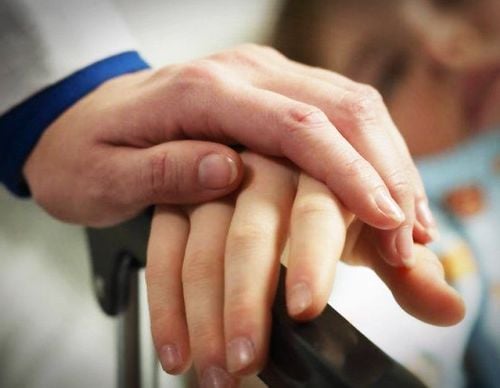
3.1 Drug treatment
Analgesics are the primary means of treating pain in cancer. The goal is to minimize the frequency and intensity of pain with side effects to the allowable level.For mild pain (level 1), doctors often use non-steroidal anti-inflammatory drugs such as paracetamol, ibuprofen...
If these drugs are no longer effective, weak central analgesics will be used ( 2nd line and strong central (level 3) analgesia consisting of morphine and derivatives used in combination.
Some drugs to support pain treatment in cancer include:
Antidepressants: often work slowly, and at the same time help patients sleep, so they can be used at night such as pamelor, elavil, norpramin. Antiepileptic drugs (convulsions): used in cases of pain of nerve origin. Excitability medications can also ease stabbing pain. Corticosteroids: This group of drugs has serious side effects and should only be used when absolutely necessary. Bisphosphonate: inhibits bone destruction, helps treat bone pain for cancer patients. Calcitonin (sandostatin): used in pain due to intestinal obstruction and severe diarrhea. Radioactive drugs: initially cause many patients to have more severe pain when taking the drug, and then the pain is relieved. The most commonly used substance is strontium - 89 (mertastron).
3.2 Surgical treatment
In addition, current research is also trying to find more effective and safe cancer pain relief methods, combining oral drugs, injections and other interventions.In particular, for terminal cancer patients who respond poorly to pain relievers, modern surgical intervention is the solution being applied by Vinmec International General Hospital. Example:
Alcohol denervation to treat pain caused by tumor invasion of peripheral nerves. Canceling the solar plexus in visceral pain in pancreatic cancer, stomach cancer... Canceling the hypogastric plexus in cancers that invade the pelvic region such as prostate cancer, cervical cancer. Continuous epidural anesthesia, spinal anesthesia with intramedullary injection chamber to control symptoms of late stage cancer.... Thus, there are now many methods and drugs to treat pain in stage cancer. Finally, depending on the condition of the disease, the cancer lesions, the doctor will prescribe the appropriate drugs and interventions.
Please dial HOTLINE for more information or register for an appointment HERE. Download MyVinmec app to make appointments faster and to manage your bookings easily.





